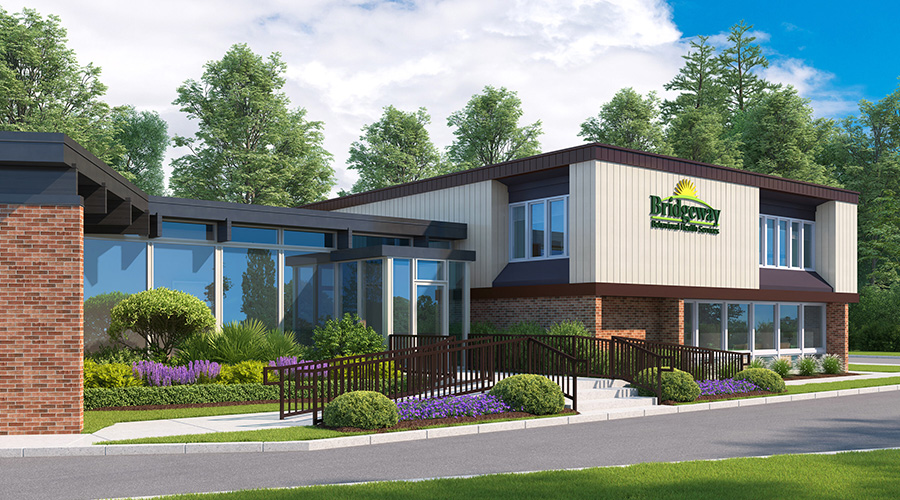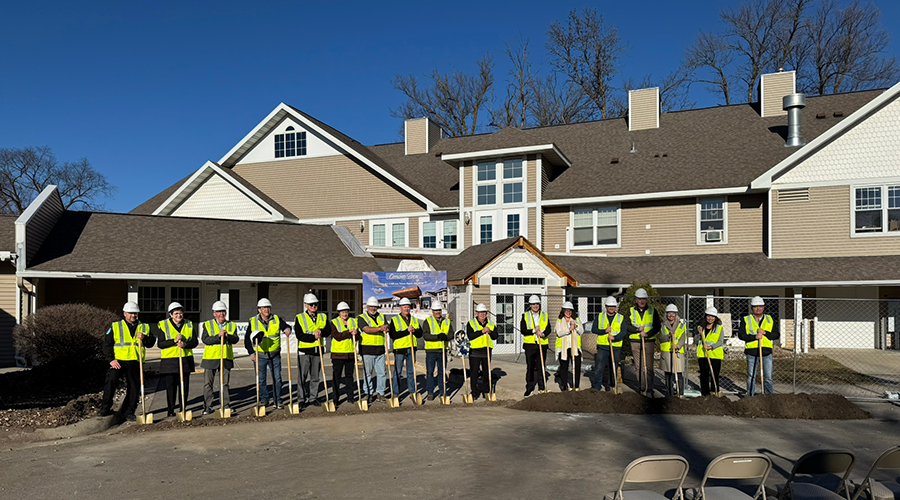The U.S. Department of Energy is funding research aimed at improving the accuracy of building energy simulation through an approach known as hybrid modeling.
“Traditional physics-based energy modeling for existing buildings relies on user inputs among which some are unknown or difficult to measure, such as air infiltration rate and interior thermal mass that can vary significantly by time and by buildings,” says Tianzhen Hong, a Computational Research Scientist in the Environmental Energy Technologies Division of Lawrence Berkeley National Laboratory (Berkeley Lab).
The inaccuracy of these inputs is a major reason for the uncertainty in building simulation models of energy use. In the newly funded research, Hong and team members will develop a new hybrid approach to energy modeling that will avoid using difficult-to-measure parameters. Instead, they will use the measured data of space temperature as new inputs, and reformulate the EnergyPlus model’s space heat balance equations to improve the accuracy of simulation results.
EnergyPlus is DOE’s flagship whole-building energy simulation engine. It takes a physical description of a building’s geometry, construction materials, HVAC systems, operations and control schemes, occupancy schedules, and prevailing weather conditions and calculates the energy and water used to maintain occupant thermal and visual comfort. The model is widely used by architects and engineers to design comfortable, energy-efficient buildings, and demonstrate buildings’ compliance with codes and standards. The research team will incorporate the new modeling algorithm into EnergyPlus by 2017.

 Healthcare Is the New Retail
Healthcare Is the New Retail Bridgeway Behavioral Health Services Launches Campaign to Renovate Health Center
Bridgeway Behavioral Health Services Launches Campaign to Renovate Health Center Ground Broken for New North Dakota State Hospital
Ground Broken for New North Dakota State Hospital AI Usage for Healthcare Facilities
AI Usage for Healthcare Facilities Ground Broken on Pelican Valley Senior Living Modernization Project
Ground Broken on Pelican Valley Senior Living Modernization Project